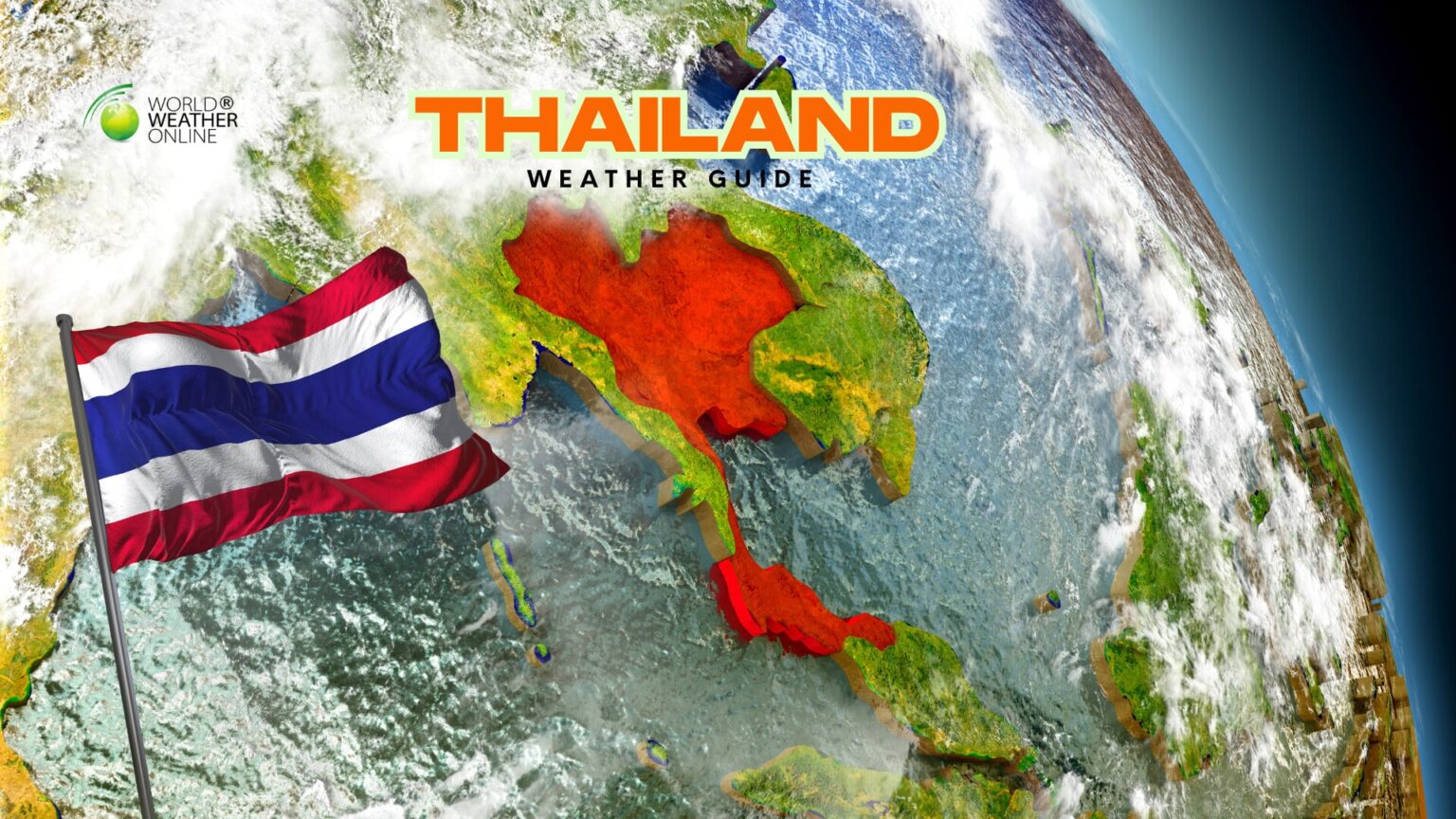Thailand is one of the world’s most popular travel destinations, and for countless good reasons. With absolutely stunning beaches, rich cultural heritage, and mouthwatering cuisine, it has something for everyone. However, one thing that often catches travelers off guard is the weather. With distinct seasons that vary by region, knowing when to visit this astonishing land can make all the difference in your travel experience. In this guide, we will walk you through Thailand’s weather month by month and help you decide the best time to visit Bangkok, Phuket, and Chiang Mai.
Understanding Thailand’s Seasons
Thailand has three main seasons, namely:
- Hot season (March to May)
- Rainy or Monsoon season (May to October)
- Cool season (November to February)
However, the climate differs between regions. For instance, Phuket, in the south, experiences a longer wet season due to its proximity to the Andaman Sea. Chiang Mai in the north sees cooler temperatures during winter, especially at night. Bangkok, being centrally located, has more consistent warmth year-round, although it still experiences variations in humidity and rainfall.
Month-by-Month Breakdown
1. January – Peak Season, Cool & Dry
Bangkok experiences mild temperatures of around 26°C, making it ideal for exploring its vibrant markets and stunning temples. Phuket enjoys sunny skies and low humidity, making it an ideal destination for beachgoers. On the other hand, Chiang Mai offers crisp air, suitable for trekking and sightseeing. It is the best time of year for outdoor activities and cultural exploration.
2. February – Sunny & Romantic
You can experience dry and comfortable weather across all three cities. It’s popular with couples and honeymooners. February is ideal for local festivals, night markets, and al fresco dining.
3. March – Start of the Hot Season
In March, temperatures rise sharply, especially in Bangkok and Chiang Mai. It is an excellent time for early sunseekers heading to the islands. You should keep yourself hydrated and plan outdoor activities early in the day.
4. April – Thailand’s Hottest Month
You can expect highs of 35-40°C across the country. Songkran is the Thai New Year that brings nationwide water fights and cultural celebrations. It’s a festive but intense time to visit; however, it’s great fun if you’re prepared for the heat and crowds.
5. May – Monsoon Begins in the South
In May, Phuket begins seeing regular rainfall, especially in the afternoons. On the other hand, Bangkok and Chiang Mai remain hot with intermittent showers. It’s the start of the shoulder season, so you’ll experience fewer tourists and better hotel rates.
6. June – Transition Month
This is a transition month, during which rainfall increases, particularly in southern Thailand. Bangkok experiences frequent but short-lived storms. However, Chiang Mai still experiences periods of sunshine and good trekking conditions.
7. July – Monsoon Season in Full Swing
Phuket witnesses heavy rainfall, but some clear spells make it still visitable. In Bangkok, daily afternoon thunderstorms are a common occurrence. When it comes to Chiang Mai, you can experience green landscapes, cool evenings, and fewer crowds.
8. August – Rainy but Scenic
In August, Phuket and Bangkok face the heaviest downpours. In Chiang Mai, it’s great for scenic drives and photography of lush mountains. It is best for budget-conscious travelers who don’t mind a little rain.
9. September – Wettest Month of the Year
There are high risk of travel delays due to rain with occasional flooding during September. In Phuket, you may experience rough seas in which boat tours may get canceled. Chiang Mai witnesses moderate rainfall, but still a peaceful escape with natural beauty.
10. October – Monsoon Retreats
During October, rains begin to subside. It’s a beautiful time for travel with blooming flowers and refreshed landscapes. Pleasant temperatures and clearer skies return gradually.
11. November – Peak Season Begins
Dry, sunny days and cooler nights welcome travelers back during the month of November. Major festivals like Loy Krathong and Yi Peng can also be witnessed in Chiang Mai. Phuket’s beaches are back in full swing.
12. December – Festive and Cool
December is arguably the best month to visit Thailand. All regions offer ideal weather for beach, culture and shopping. You will experience holiday spirit, colorful lights, and vibrant outdoor markets.
Regional Travel Highlights
Bangkok
It’s best from November to February—humid most of the year, but manageable with air-conditioned transport and shaded streets. River cruises and rooftop dining are delightful during cool evenings.
Phuket
Best between December and April. Water clarity is perfect for diving and snorkeling. Avoid the rough seas of August and September.
Chiang Mai
Excellent in the cool season, especially December to February. Great for outdoor festivals, nature excursions, and temple visits. Avoid March-April, when air quality may be affected by crop burning.
Final Thoughts: Thailand Welcomes All Seasons
Thailand is a year-round destination with weather that offers something unique in every season. From golden coastlines to misty mountains, sunlit temples to rain-drenched jungle trails — each month has its own beauty.
Understanding Thailand’s weather patterns can help you craft the perfect experience, whether that means lounging on beaches in Phuket, savoring street food under Chiang Mai’s calm skies, or exploring Bangkok’s buzzing streets under the sun. Just pack accordingly, keep an eye on local forecasts, and let the climate enhance your adventure.




